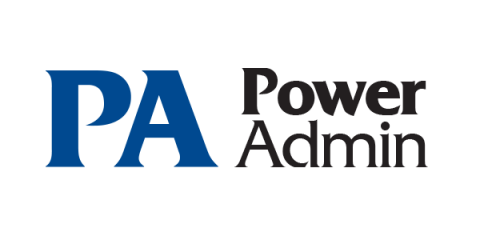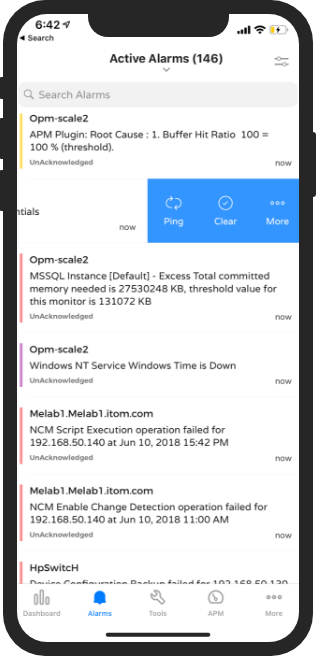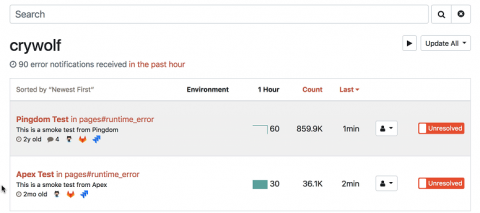Operations | Monitoring | ITSM | DevOps | Cloud
Monitoring
The latest News and Information on Monitoring for Websites, Applications, APIs, Infrastructure, and other technologies.
Windows Management Instrumentation in remote monitoring
Pandora FMS features include decentralized monitoring, which is based on several standards and/or protocols of common and open use (SNMP v1 and v2 -v3 from version 7.0 NG 727-, ICMP and WMI). In this article we will talk about the latter, starting from the simplest and with references to each of the articles published here in your blog.
The 4 Requirements of a Better Digital Experience
Better employee experience drives better business outcomes1. The result? Technology is no longer the driving force of IT — instead, the end-users’ digital experience is the key to unlocking business value and driving ROI. The challenge? Mending the gap between traditional metric-based monitoring and the need for real-time, contextual data about the end-user experience. Here’s how to get started.
How to Configure a Multicast Linux Network
In a world where consumer-level computing technology has been largely dominated by Windows, many users remain unaware of the need for administrators to configure and maintain network hardware and environments based on the Linux operating system. But Linux in its various distributions and the Unix operating system from which they derive have for decades provided the backbone for the core systems that make consumer-level computing and indeed many aspects of daily life possible.
Welcome to our new community platform
Our community is more than just helping with questions, sharing experiences and tailoring monitoring together. We’ve grown so much in the past 10 years that we always seek to improve the conversation. You’ve seen our many Icinga Camps, keep following our social media channels, engage with developers on GitHub, read our blog … one thing is gladly missed: Our very own discussion platform which combines a forum with a mailing list and also enables quick chats known from IRC channels.
Minimalism in business
Even after being in business for 9 years, I still wanted to keep everything: every email, every note, every design draft or mockup — all the small things that helped Monitive evolve into what it is today. Storage is not an issue these days, and by the looks of where technology is headed, that trend will not change anytime soon. There’s just one catch.
Why ITOps still suffers from alert fatigue
Become an eagle-eyed network admin using OpManager's push notifications
The secret to exceptional network management is periodically identifying and diagnosing network problems. Putting your experts at the network operations center (NOC) all day watching for a device to go down isn’t the best use of your workforce’s time. There has to be a smarter way to view potential network pitfalls without being glued to the chair in your NOC.
Announcing Search Autocomplete
Stop the presses! We've just added a small but really cool new feature to your Honeybadger account: search key autocomplete. You've always been able to search your errors by params, session and other nested fields. It's easy to find all errors where params.user.name is bob. But there's a catch. You had to know beforehand that params.user.name exists, and you had to type it in manually. This made it really difficult to do on-the-fly exploratory searches.
2018 year in review
There were some big IT headlines this past year. Microsoft acquired GitHub and IBM bought Red Hat. Kubernetes graduated from the CNCF incubator program. And the biggest headline of all—at least to those of us at Datadog, where we live and breathe monitoring—we released Datadog Agent version 6, a completely new monitoring agent written in Go! As we start the new year, we’d like to take a moment to recognize some of the incredible things our engineers accomplished in 2018.











